This article is part of our insurance innovators interview series.
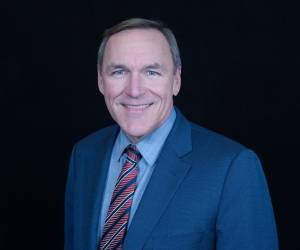 Stanley A. Galanski, President and CEO, The Navigators Group, Inc.
Stanley A. Galanski, President and CEO, The Navigators Group, Inc. Mark E. Watson III, President and Chief Executive Officer, Argo Group International Holdings, Ltd.
Mark E. Watson III, President and Chief Executive Officer, Argo Group International Holdings, Ltd.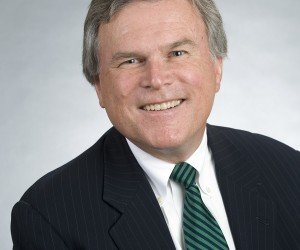 Kevin H. Kelley, Chief Executive Officer, Ironshore Inc.
Kevin H. Kelley, Chief Executive Officer, Ironshore Inc.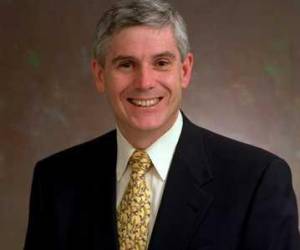 John Wurzler, President, OneBeacon Technology Insurance
John Wurzler, President, OneBeacon Technology Insurance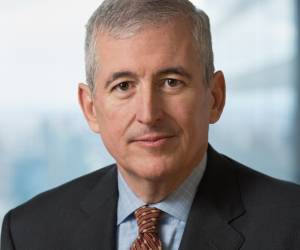 Alan B. Colberg, President and Chief Executive Officer, Assurant, Inc.
Alan B. Colberg, President and Chief Executive Officer, Assurant, Inc. Manny Rios, President and CEO, American Modern Insurance Group
Manny Rios, President and CEO, American Modern Insurance Group Dave Pratt, General Manager, Usage-Based Insurance, Progressive
Dave Pratt, General Manager, Usage-Based Insurance, Progressive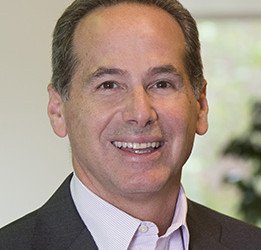 Berto Sciolla, EVP and Manager of North American Treaty Reinsurance,Gen Re
Berto Sciolla, EVP and Manager of North American Treaty Reinsurance,Gen Re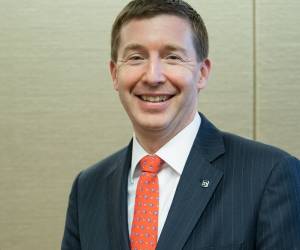 Greg Hendrick, Chief Executive, Insurance, XL Catlin
Greg Hendrick, Chief Executive, Insurance, XL Catlin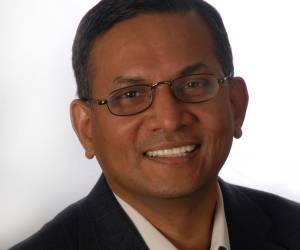 Anand Rao, Principal, PwC U.S. Advisory Practice
Anand Rao, Principal, PwC U.S. Advisory Practice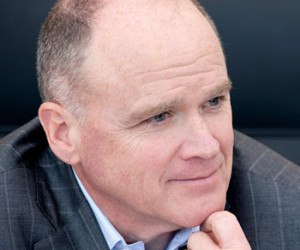 Mike McGavick, Chief Executive Officer, XL Catlin
Mike McGavick, Chief Executive Officer, XL Catlin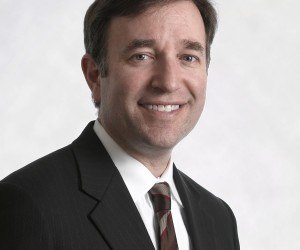 David M. Lightfoot, Managing Director, Head of GC Analytics – Americas, Guy Carpenter
David M. Lightfoot, Managing Director, Head of GC Analytics – Americas, Guy Carpenter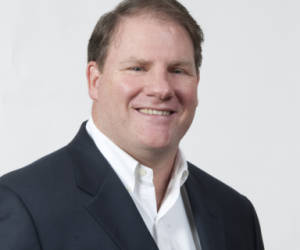 Conan Ward, Chief Executive Officer, Hamilton USA
Conan Ward, Chief Executive Officer, Hamilton USA Ming Lee, Chief Executive Officer, AIR Worldwide
Ming Lee, Chief Executive Officer, AIR Worldwide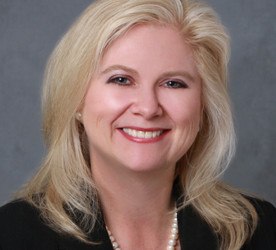 Laura Hay, National Insurance Sector Leader, KPMG LLP
Laura Hay, National Insurance Sector Leader, KPMG LLP John Lupica, Vice Chairman, ACE Group; Chairman, Insurance–North America
John Lupica, Vice Chairman, ACE Group; Chairman, Insurance–North America
 John Lupica, Vice Chairman, ACE Group, Chairman, Insurance-North America
John Lupica, Vice Chairman, ACE Group, Chairman, Insurance-North AmericaQ1: In your view, what has been the greatest innovation in the P/C insurance industry in recent years? Explain.
Lupica (ACE): Predictive analytics is proving to be a groundbreaking innovation. It has so many applications within insurance—in underwriting, claims, capital management. And the benefits to policyholders are tangible.
For example, over the two years that ACE applied a predictive analytics methodology to workers compensation claims, we saw claims savings in the millions of dollars. We just recently brought ACE 4D, our next-generation predictive modeling and data analytics solution, to market. Today, it can help claim adjusters identify opportunities to intervene and improve claim outcomes through our online insurance program management platform, ACE Worldview. However, going forward, I’m confident it will improve our underwriting and actuarial acumen and raise our game as an insurer.
Q2: Describe the greatest innovation at your company during your tenure. (It could be a product, process or service.) How did it come about? (Feel free to describe more than one.)
Lupica (ACE): Clients and brokers continually ask us to make their lives easier, and ACE Worldview, which is now celebrating its fifth anniversary, came about from this. The online insurance program management platform (available to large commercial insureds with complex property/casualty insurance programs) allows users to track the issuance of a local multinational policy, electronically select coverage selection forms, view billing online and access claims predictive analytics.
ACE Worldview has changed the way risk managers and their teams approach their complex, global insurance programs. Even five years after its launch, no other carrier offers anything like Worldview.
Q3: In your view, what innovation or innovator outside the insurance industry has had or is having the greatest impact on the P/C insurance industry?
Lupica (ACE): Over the past two decades, the innovations we’ve witnessed in the transportation industry have had the greatest impact on the P/C insurance industry: GPS, sensor technology, driverless cars.
John Lupica, ACE Group
But I don’t want to discount big data. It’s early days, but it’s already proving to be a game-changer. And, just a personal observation, new technology business models are intriguing, and the disruptions they’re creating within their own industry and ours, though unsettling, are exciting. Those businesses are challenging us as an industry.
Q4: Describe one or more ways in which your company encourages innovation. (Feel free to describe any elements of the culture or process.)
Lupica (ACE): ACE is innovative because we don’t shy away from asking questions and soliciting feedback, which is where all of our innovations begin. It’s the frank conversations with the broker and customer that prompt internal discussion and self-reflection. The reason we’ve experienced such a high success rate with our innovations is because we have a culture at ACE that encourages us to ask questions, which, in turn, help make things work better for our brokers and clients.
Q5: What is the biggest obstacle to innovation within the insurance industry? Explain. What is your company doing (or what can the industry do) to overcome this obstacle?
Lupica (ACE): We are facing a climate of increasing regulation both domestically and globally. And this climate has the potential to stifle innovation while adding unnecessary complexity and costs for insurers, with little benefit for policyholders.
ACE is engaged at the state, federal and international levels on the subject of a global insurance capital standard. We support the U.S. insurance industry and U.S. state regulators in urging federal regulators, including the Treasury and the Federal Reserve, to resist changes to capital standards that would unnecessarily raise costs and hurt U.S. insurance buyers. (See related article, “International Capital Standards: A Risk Management Mirage,” by ACE Limited CRO Sean Ringsted and Patricia Henry, ACE’s executive vice president of global government affairs.)
Q6: Do you believe the next innovation to impact the P/C insurance industry will come from inside the industry or from an external innovator? Why?
Lupica (ACE): Actually, both. Inside the industry because looking at the new generation of insurance professionals today, they are probably the most technology savvy of any previous generation. And this openness and comfort with technology will prompt them to innovate in ways we have yet to imagine.
Outside the industry because that’s where the fresh perspective is, which is essential if we want to improve our processes and risk-taking.
Either way, our industry will attract new interested minds, from all backgrounds, to challenge existing assumptions and make us better at mitigating risk.
Q7: Describe your role in leading innovation at your company.
Lupica (ACE): Innovations and innovators need sponsors because they present change that not everyone is comfortable with. I make sure the most promising developments have a chance to progress and that they have support and buy-in at all levels.
I also demand bottom-line results. Ultimately, innovation has to make business sense at ACE and contribute to our success.
Read more Innovation Insights by Person:
 Stanley A. Galanski, President and CEO, The Navigators Group, Inc.
Stanley A. Galanski, President and CEO, The Navigators Group, Inc. Mark E. Watson III, President and Chief Executive Officer, Argo Group International Holdings, Ltd.
Mark E. Watson III, President and Chief Executive Officer, Argo Group International Holdings, Ltd. Kevin H. Kelley, Chief Executive Officer, Ironshore Inc.
Kevin H. Kelley, Chief Executive Officer, Ironshore Inc. John Wurzler, President, OneBeacon Technology Insurance
John Wurzler, President, OneBeacon Technology Insurance Alan B. Colberg, President and Chief Executive Officer, Assurant, Inc.
Alan B. Colberg, President and Chief Executive Officer, Assurant, Inc. Manny Rios, President and CEO, American Modern Insurance Group
Manny Rios, President and CEO, American Modern Insurance Group Dave Pratt, General Manager, Usage-Based Insurance, Progressive
Dave Pratt, General Manager, Usage-Based Insurance, Progressive Berto Sciolla, EVP and Manager of North American Treaty Reinsurance,Gen Re
Berto Sciolla, EVP and Manager of North American Treaty Reinsurance,Gen Re Greg Hendrick, Chief Executive, Insurance, XL Catlin
Greg Hendrick, Chief Executive, Insurance, XL Catlin Anand Rao, Principal, PwC U.S. Advisory Practice
Anand Rao, Principal, PwC U.S. Advisory Practice Mike McGavick, Chief Executive Officer, XL Catlin
Mike McGavick, Chief Executive Officer, XL Catlin David M. Lightfoot, Managing Director, Head of GC Analytics – Americas, Guy Carpenter
David M. Lightfoot, Managing Director, Head of GC Analytics – Americas, Guy Carpenter Conan Ward, Chief Executive Officer, Hamilton USA
Conan Ward, Chief Executive Officer, Hamilton USA Ming Lee, Chief Executive Officer, AIR Worldwide
Ming Lee, Chief Executive Officer, AIR Worldwide Laura Hay, National Insurance Sector Leader, KPMG LLP
Laura Hay, National Insurance Sector Leader, KPMG LLP John Lupica, Vice Chairman, ACE Group; Chairman, Insurance–North America
John Lupica, Vice Chairman, ACE Group; Chairman, Insurance–North America
Read other innovator’s response by question:
- Q1: The greatest innovation in the P/C insurance industry
- Q2: Describe the greatest innovation at your company
- Q3: Innovation or innovator outside the insurance industry
- Q4: How your company encourages innovation
- Q5: The biggest obstacle to innovation within the insurance industry?
- Q6: The next innovation to impact the P/C insurance industry
- Q7: Your role in leading innovation.
- Q8: Best book you have read about innovation
- Q9: Describe a failed initiative at your company
- Q10: Collaborating with market competitors
- Q11: Can P/C insurers disrupt other industries?
Get all 16 interview neatly packaged in a single PDF download. Explore ideas by personality and by question. More than 60 pages of content.





















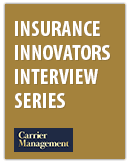
 Poor Background Music Choices Can Negatively Impact Work Performance
Poor Background Music Choices Can Negatively Impact Work Performance  USDA Opens 59% of Federal Forest for Logging to Manage Wildfire Risk
USDA Opens 59% of Federal Forest for Logging to Manage Wildfire Risk  How We’re Doing It: Boosting Corporate Culture and Customer Experience
How We’re Doing It: Boosting Corporate Culture and Customer Experience  California Wildfires Had Little Impact on Reinsurers’ Risk Appetite During April Renewals
California Wildfires Had Little Impact on Reinsurers’ Risk Appetite During April Renewals 







